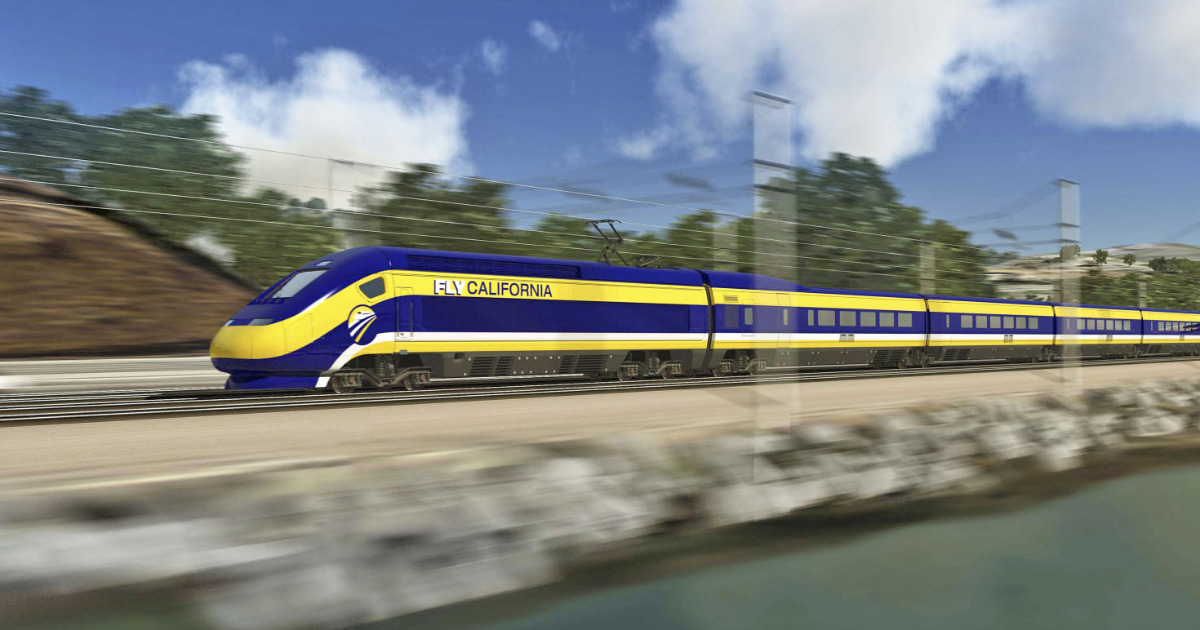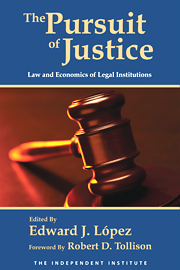The California high-speed rail project has often been derided as a boondoggle, and with good reason. After narrowly winning a statewide vote in 2008 with low-balled cost estimates and exceedingly optimistic—some would say deceitful and fraudulent—assumptions, and not releasing the business plan until after the election, the proposal was quickly changed when reality set in and for years has borne little resemblance to the system promised to voters.
The term “boondoggle” was first coined by Boy Scout leader Robert H. Link during the late 1920s to describe the Scouts’ craft of making braided and knotted neckerchief slides, lanyards and bracelets from colorful strips of leather and plastic. The word hit the public consciousness in 1935, after a New York City Board of Aldermen hearing revealed that wasteful government relief programs were teaching people useless skills like eurhythmic dance and “boon-doggling.” It was soon applied broadly to President Franklin D. Roosevelt’s New Deal programs and has been used ever since to describe useless work, and especially wasteful government programs.
It is an apt description for a high-speed rail project that has been plagued from the start by fanciful assumptions and the inability to identify a funding source for the vast majority of the project. Cost estimates quickly ballooned from $40 billion or $45 billion to $98.5 billion, then down to $68.4 billion after abandoning end-to-end dedicated high-speed tracks in favor of sharing rails with freight and local trains at both ends of the system, thereby making a trip between Los Angeles and San Francisco in the mandated 2 hours and 40 minutes virtually impossible. The San Diego and Sacramento segments were soon placed on the back burner, despite promising voters there that they would have high-speed train service. Current cost estimates are around $79 billion, and the completion date has been pushed back by about a decade.
Estimates of the project’s ridership, which is critical to its viability, particularly since operating subsidies are prohibited, have dropped from as high as 117 million passengers a year to 36 million. That would still be more than the entire Amtrak system, which covers more than 500 destinations in 46 states and serves fewer than 32 million passengers per year. Amtrak’s high-speed Acela Express service, which serves a larger, denser market than the planned California system—including Boston, New York City and Washington, D.C.—has an annual ridership of just 3.4 million.
Even Gov. Gavin Newsom realized the hopelessness of the project when he used his State of the State address in February to “level about high-speed rail.”
“[L]et’s be real,” he said. “The project, as currently planned, would cost too much and take too long.”
Newsom wants to scale the project back to the current segment under construction, expanding it a bit so that it would run from Merced to Bakersfield. After his announcement, President Donald Trump accused California of reneging on its deal with the federal government—which has provided about $2.5 billion in matching funds for the project and promised $929 million more—and demanded a return of the money.
“California has been forced to cancel the massive bullet train project after having spent and wasted many billions of dollars,” Trump wrote via Twitter. “They owe the Federal Government three and a half billion dollars. We want that money back now.”
“This is CA’s money,” Newsom tweeted in response. “We’re not giving it back.”
Taxpayers in the other 49 states might beg to differ.
The Trump administration recently made good on its threat to withhold the $929 million tranche, though it faces a steep uphill battle to recover the $2.5 billion that has already been spent. That calculus may change, however, if California misses its 2022 deadline to complete the segment, which is quite likely. It may all depend upon whether Trump wins another term in office.
The high-speed rail project has already been spared one contractual deadline, when the Obama administration, during its final year, extended the previous 2017 deadline. Another Democratic administration would likely be similarly accommodating.
The cost of Newsom’s scaled-down rail segment is currently estimated at $20.4 billion, up nearly $2 billion just since last year’s estimate, and the state will probably not even be able to pay for all of that. Yet, California is plowing full steam ahead, even down (quite literally) an unfinished track. In March, it sold another $600 million in bonds to fund the project.
How many boondoggles will the state have to sell to complete it?









